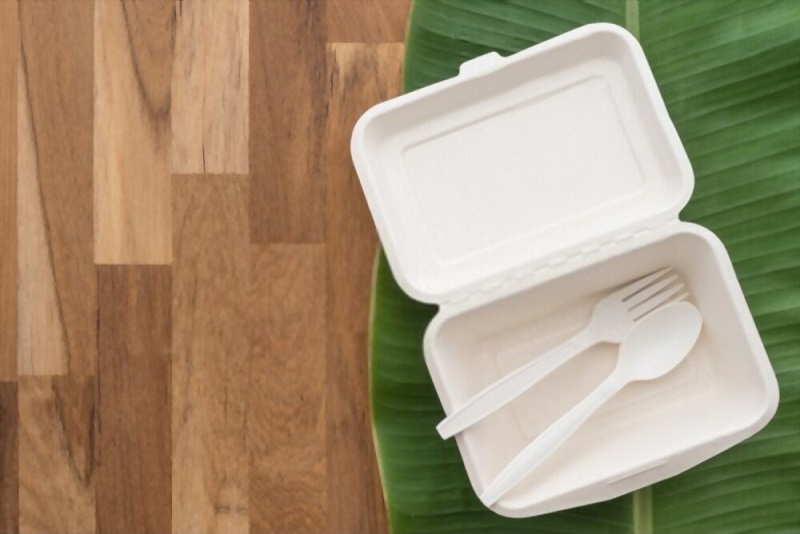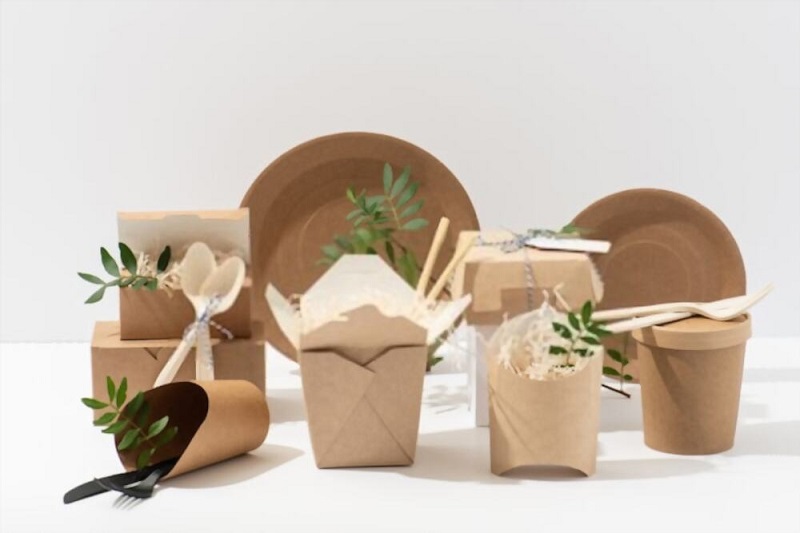We all love the convenience of disposable food packets because they are hygienic, recyclable, and eco-friendly. However, plastic food packets are very harmful to both the environment and the consumers. But is there any alternative? You can use paper boxes for food packaging, but it may lead to other environmental damage in the form of deforestation. So, an even better option would be compostable food packaging. Let’s know more about them.

A-List of Materials:
Compostable food packets are made up of materials that break down on their own when left in the environment. The heat, moisture, and oxygen present in the environment lead to the production of microbes, which result in breaking down the raw material easily. In fact, the compost made from these food packets can be used as a high-quality fertilizer or mulch, and they can make your garden soil conditioner rich in nutrients. There are several biodegradable materials that can be used for food packaging. They are as sturdy as plastic without being harmful to the environment. Let’s discuss a few raw materials that are widely used in the industry for compostable food packaging.
- Wood Cellophane: This looks like a transparent sheet, but it is not made up of plastic. Instead, it is a product of wood that can be efficiently used for packaging food. Made up of hemp cellulose, cotton, and regenerated wood, this material is ideal for compostable food packaging, as it does not allow air, bacteria, and grease to pass through it. So you can keep your food safe. For added food safety, this material can also be sealed with heat. Wood cellophane can be used for making packaging rolls, sheets, and bags.
- Bamboo: Bamboo is a fast-growing plant, due to which it becomes an ideal renewable material for making compostable food packets. Since bamboo is highly compostable, when you add it to a compost heap, it feeds the soil and even helps other plants to grow. It is also biodegradable when exposed to moisture, heat, and bacteria.
- Birchwood: Many manufacturers use birchwood for making disposable cutlery. Like bamboo, birchwood is also a fast-growing tree, because of which cutting them down is not harmful to the environment. They are recyclable and eco-friendly and you can use such materials for your food processing business.
- Paper and Cardboard: Paper obtained from wood can be given greaseproof properties during the pulping process itself. No chemicals and coatings are used in this process. Such paper and cardboard are recyclable, biodegradable, and reusable. You can also use them as compost for your garden.
- Recycled Paper: Compostable food packaging like paper bags, cup carriers, and pizza boxes are made up of recycled paper that is ideal for packing dry food products. When added to a compost heap, they break down and feed the soil and help other plants to grow.
- Bagasse from Sugar Cane: Bagasse is a fiber that is left over after pressing sugar cane. Since it is waste material and is meant to be thrown anyway, making food packets out of it is an eco-friendly way of making compostable food packaging. The best thing is that bagasse is broken down extremely fast when added to a compost heap.
- Corn Starch: Corn starch can be used to make compostable food packets that are meant for packing takeaway foods. They degrade easily and have no negative impact on the ecology.

So, if you are involved in the food industry and are looking for some compostable food packaging options for your food items, then you can choose the above-mentioned materials and reduce the carbon footprint on the environment.




.jpg)

0 Comments